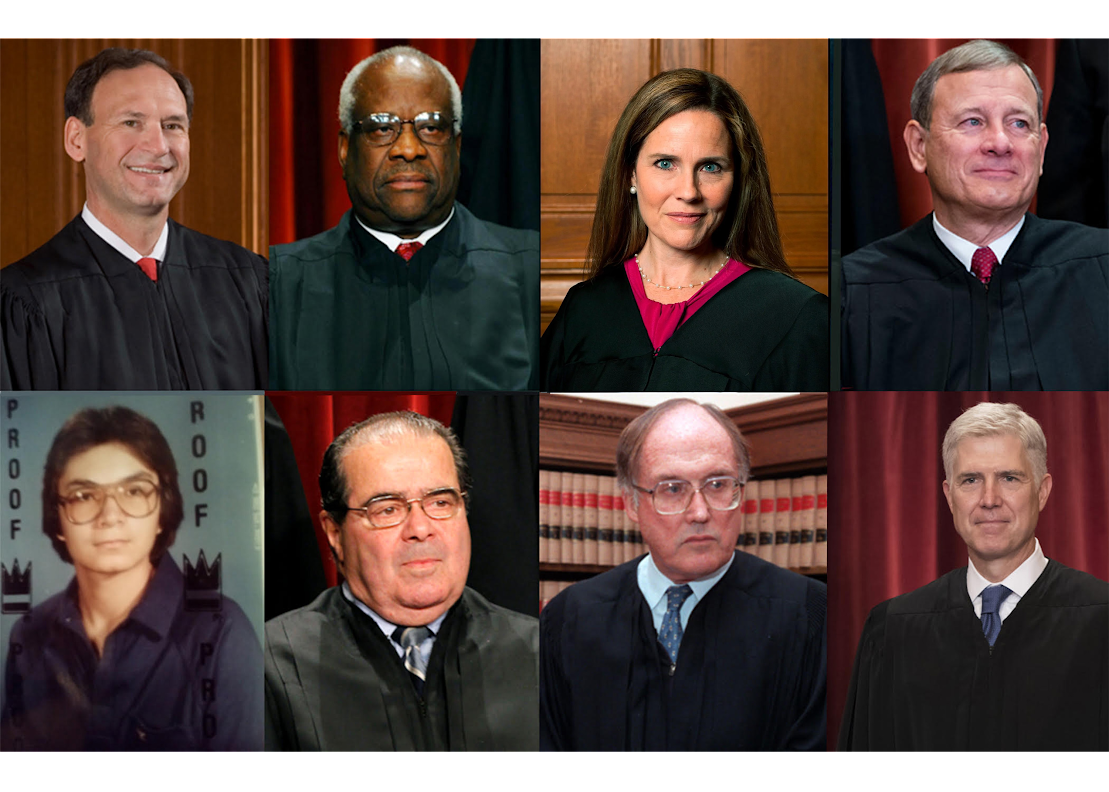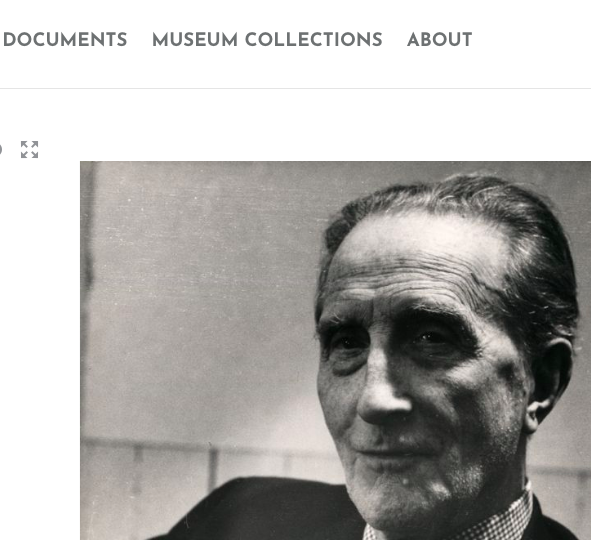Four works seized by US marshals from the Gmurzynska Gallery’s stand at Art Basel Miami on December 2nd were returned to the dealer yesterday. According to the Art Newspaper:
The four works, with an estimated value of more than $6m, include a Degas Jockeys, a Miró abstract from the 1920s, a Léger and an Yves Klein. They were seized in connection with a lawsuit filed in New York Federal Court by Edelman Arts Inc “as assignee for XL Specialty Insurance Company” against Gmurzynska gallery.
December 5th, 2009 by Sergio Muñoz Sarmiento in
Criminal
According to CBC News,
Tax police in Italy have seized a secret stash of masterpieces, said to be worth $150 million, from the founder of the collapsed dairy conglomerate Parmalat. Among the 19 works unearthed were pieces by the likes of Picasso, Monet, Van Gogh and Modigliani. Tanzi was convicted of market-rigging in 2008 in wake of the 2003 collapse of Parmalat.

One question visual artists often ask me concerns their artistic production and its relation to legal and business matters. To be precise, it seems that artists are anxious about their reputations as well as the public perception of their artwork if they are deemed to be too preoccupied with legal and business issues (such as copyright and branding). The historic and fundamental question of whether artists should follow a counter-cultural and anti-commercial paradigm or a practice based on commercial systems is wrought with many false preconceived notions, and is one I will address in the coming weeks. Keep in mind that this distinction is buttressed on the notion that contemporary technological and commercial developments are not in-and-of themselves theoretical and philosophical mediums and tools that both question and facilitate a contemporary critical art practice. For now I will focus on the practical aspects of this debate and deal with the conceptual-theoretical issues later.
So why should artists start educating themselves about the legal and business issues concerning their practice? The answer is simple: personal and financial protection. In general most artists, especially those at the initial stages of their careers, will have no one looking out for their best interest. This “best interest” is complicated due to the nature of the art profession, the manner in which artists make a living (an artists livelihood), and more recently the nature of digital media (ex: internet and social sites). The majority of art schools and institutions show a high-level of skepticism when it comes to educating their art students in the legal issues affecting artistic production. This is understandable if the intent is to foster rule-breaking and subversion of the status-quo, but I do believe that a robust discussion of legal issues via theoretical and philosophical discourses would indirectly (and at times directly) inform artists on the law and its fascinating challenges. Most galleries and collectors are also primarily interested in the well-being of their own financial status and reputations. To be fair, conflict of interest issues make this a predictable structure.
However, it is ironic that many established artists (many of whom still teach at art institutions) seem adept at negotiating the legal and business terrain. Is the assumption then that only established artists with “something” to protect should self-educate in matters of commercial concern? Not at all. In fact, what if the model was flipped on its head and we established a platform where artists could become self-sufficient from the initial stages of their careers? Where they could leverage not only their artistic production (sculptures, installations, paintings, photographs, drawings, etc.), but also the subsidiary products (writing, teaching, lecturing) and intellectual property engendered by these assets. And let’s be honest, they are assets.
Artists must start asking what is in their best interest from the moment they decide that they will be professionals and not dilitantes.
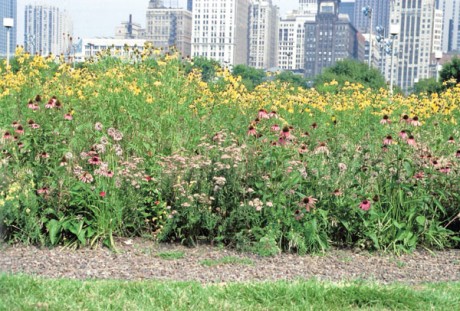
John Viramontes just sent us this article on the pending 7th Circuit decision regarding the Chapman Kelley v. Chicago Park District case. As readers may know, this case, along with the Mass MoCA v. Christoph Büchel case, will be seminal in either reinforcing the narrow moral rights alloted to visual artists, or in expanding the protection given to artists under the 1990 Visual Artists Rights Act.
Here’s a bit from the Chicago Reader:
When the Chicago Park District announced last month that it had hired a New York landscape architect to redesign the northeast corner of Grant Park on a $45 million budget, including the controversial site of the new Chicago Children’s Museum, there was no mention of an ongoing legal battle over what it’s already done in that area. But there’s a decision pending in the Seventh Circuit Court of Appeals that’s expected to have repercussions for artists and public art all over the country. The case addresses the question of whether artists have the legal right to protect their work from mutilation or destruction.
Read the entire article here.
November 30th, 2009 by Sergio Muñoz Sarmiento in
Criminal
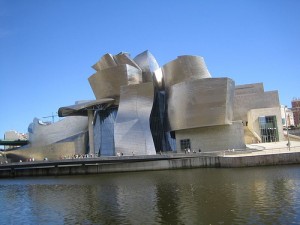
Some of you may remember that about a year ago the director of the Guggenheim Bilbao, Juan Ignacio Vidarte, admitted that the museum lost €4.2 million of public money when it purchased Richard Serra’s The Matter of Time (2005) using US dollars rather than euros to buy the work. An investigation and audit also uncovered the embezzlement of over €480,000 by former Guggenheim chief financial officer Roberto Cearsolo.
Cearsolo has admitted to stealing more than €486,000 ($775,000) from the Guggenheim Bilbao museum, and was recently sentenced by a Spanish court in Madrid to 32 months in prison.
For those interested in the current and emerging issues and conflicts regarding copyright and the archiving of public domain content, I’ve been meaning to mention a recent interview with Peter Hirtle, Senior Policy Advisor for the Cornell University Library, that discusses the background and reasoning behind Cornell Library’s new policy which states that it will not exert any ownership over public domain items in their collection. While it is library-oriented and not centered on art, Hirtle thinks (and I concur) that the arguments could apply to art institutions and museums as well.
Hirtle discusses the issues raised by the legal and practical complexities associated with public domain material; the Google book project; jurisdictional issues; the options the Library considered; logistical and administrative problems with legal enforcement; contractual options; commercial vs. non-commercial use; and the downside of the Library’s “free use” model.
This is a phenomenal interview with solid reasoning as to Cornell Library’s “free model” approach, with sophisticated legal and policy rationales which other museums and archiving institutions could learn much from.
Keep in mind that this is not a “let culture be free” argument (the “culture” here is already free (public domain)), but rather a well thought-out argument as to how institutions can benefit from making “free culture” be more accessible.
Interview information:
Peter Hirtle, “Removing All Restrictions: Cornell’s New
Policy on Use of Public Domain Reproductions.” Research Library Issues: A
Bimonthly Report from ARL, CNI, and SPARC, no. 266 (October 2009): 1–6.
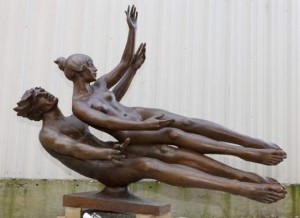
According to a news report, a corporation.
The city of Louisville, Kentucky has been wondering lately who owns a public sculpture installed outside its Legal Arts Building nearly 30 years ago.
The sculpture piece, Truth and Justice, was originally thought lost but was eventually found. The problem now is not only deciding what to do with it, but determining the rightful owner. Apparently the paperwork detailing ownership has been lost, and the only account remaining rests with a 1973, Courier-Journal article that reported the artist commissioned to create the sculpture by the Downtown Development Corporation — a former Jefferson County financial entity, and builder of the Legal Arts Building.
The Courier-Journal has a bit more here.


